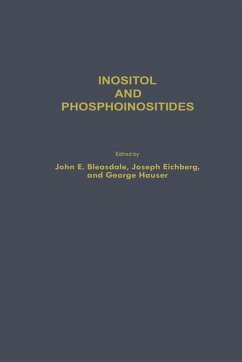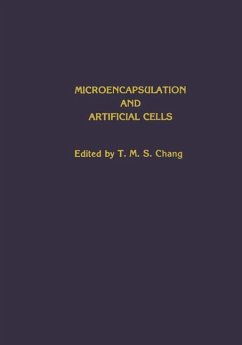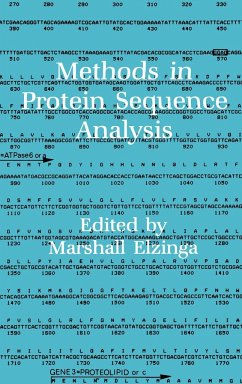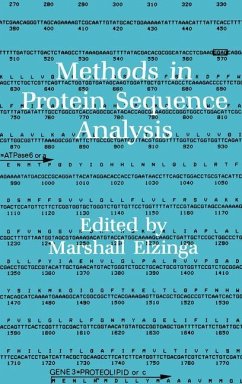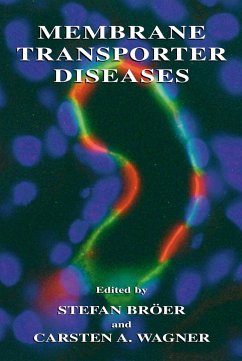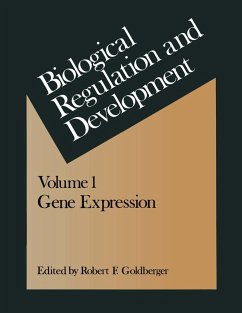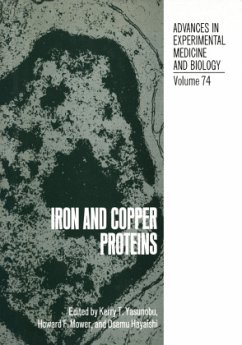
Inflammatory Diseases and Copper
The Metabolic and Therapeutic Roles of Copper and Other Essential Metalloelements in Humans
Versandkostenfrei!
Versandfertig in 1-2 Wochen
153,99 €
inkl. MwSt.
Weitere Ausgaben:

PAYBACK Punkte
77 °P sammeln!
In 1928, it was discovered that copper was essential for normal human metabolism. A decade later, in 1938, it was observed that patients with rheu matoid arthritis exhibited a higher than normal serum copper concentration that returned to normal with remission of this disease. Thirteen years later, it was found that copper complexes were effective in treating arthritic dis eases. The first report that copper complexes had antiinflammatory activity in an animal model of inflammation appeared twenty-two years after the dis covery of essentiality. In 1976, it was suggested that the active forms o...
In 1928, it was discovered that copper was essential for normal human metabolism. A decade later, in 1938, it was observed that patients with rheu matoid arthritis exhibited a higher than normal serum copper concentration that returned to normal with remission of this disease. Thirteen years later, it was found that copper complexes were effective in treating arthritic dis eases. The first report that copper complexes had antiinflammatory activity in an animal model of inflammation appeared twenty-two years after the dis covery of essentiality. In 1976, it was suggested that the active forms of the antiarthritic drugs are their copper complexes formed in vivo. This sugges tion has been confirmed and extended in the interim in over 200 recent publications. Individual biomedical scientists from many countries who have published in these areas recently saw a need for a meeting to exchange current re supporting new hypotheses. We search results and discuss the evidence met on the University of Arkansas Medical Sciences campus in Little Rock, Arkansas, August 10-13, 1981. Participants came from Australia, England, France, Germany, Israel, Italy, The Netherlands, Norway, Poland, Scotland, Sweden, Switzerland, Wales, Zimbabwe, and over twenty of the United States.





